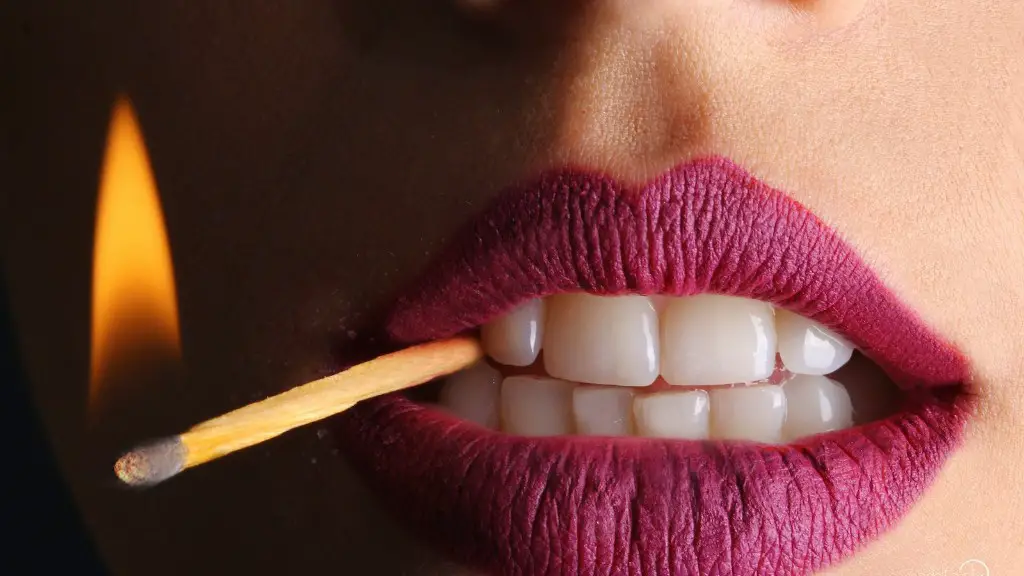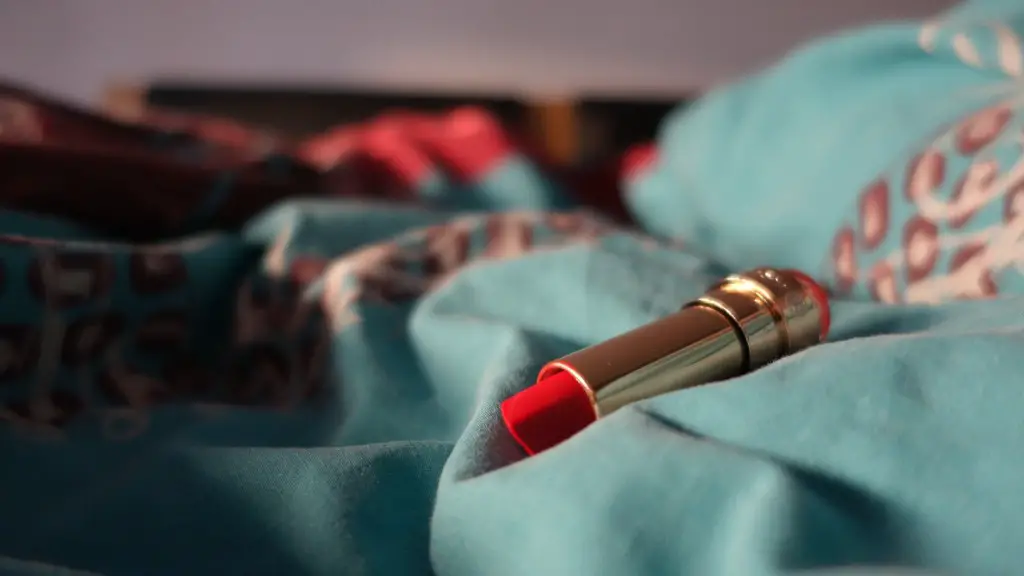The Mistress of the Robes is responsible for the Queen’s wardrobe and helps her to dress for official engagements. She also attends all official events with the Queen and is at her side during ceremonial occasions.
The Mistress of the Robes is responsible for the royal household’s wardrobe and for managing the ladies-in-waiting.
What does a lady of the bedchamber do?
The Ladies of the Bedchamber were responsible for acting as a go-between for the queen and the Women of the Bedchamber. The Women of the Bedchamber had the task of waiting on the queen and helping her with her personal needs such as washing, dressing and undressing.
Duchess Evelyn spent her youth in Canada and India following her father’s career. She was very active in charitable work and founded the Derbyshire branch of the Red Cross. She also served as Mistress of the Robes to Queen Mary.
What is the English Mistress of the Robes
The Mistress of the Robes is a position in the royal household of the United Kingdom. The incumbent is responsible for the management of the royal wardrobe and acts as a lady-in-waiting to The Queen.
The Mistress of the Robes is usually a duchess, and is always a senior member of the royal household. In modern times, the Mistress of the Robes has always been a duchess.
The Mistress of the Robes is also responsible for the organization of the royal wardrobe and the management of the ladies-in-waiting.
The royals wipe themselves nowadays because it’s modern times. Historically, the Groom of the Stool wiped them and it was just about the most coveted position at court.
What are the duties of ladies-in-waiting?
A lady-in-waiting was a female servant who attended to a queen or other royal woman. They performed intimate duties such as putting on and removing the queen’s clothing and bathing her. They were expected to put her needs above those of their own husbands and children.
Fanny Burney was a popular English novelist and diarist in the late 18th and early 19th centuries. She is best known for her novels Evelina (1778) and Cecilia (1782), and her diaries, which provide a detailed and intimate account of life at the British court during the reign of George III.
What is keeper of the robes?
Fanny Burney was a popular novelist in the 18th century. She is best known for her novels Evelina and Cecilia. From 1786 to 1790, she served as the ‘Keeper of the Robes’ in the court of King George III and Queen Charlotte. As Keeper of the Robes, she was responsible for helping the Queen dress for public appearances. This was mostly a ceremonial role, but it did require her to be at the palace twice a day.
Angela Kelly is the queen’s most loyal aide for the past three decades. She is also known as her hairdresser, dresser and “best friend”, as claimed by various media. Not much is known about her personal life, except that she is 64 years old. Kelly is a very important part of the queen’s life and has been by her side through thick and thin.
What did royal mistresses do
The role of the royal mistress has been a controversial one throughout history. On the one hand, monarchs have often taken mistresses in order to have someone with whom they can share a physical and emotional connection outside of their dynastic marriage. On the other hand, the royal mistress has often wielded a great deal of influence over the king, even in matters of state.
Given the often fraught nature of the role, it is not surprising that it has been the subject of much debate and discussion over the years. What is clear, though, is that the royal mistress has played a significant role in both the personal and public lives of many monarchs.
A robe is a type of clothing that is worn by men or women as ceremonial dress, an official vestment, or garb of office. Robes are typically made from a variety of different materials, including silk, velvet, cotton, and wool. While the length of a robe can vary, they are typically floor-length garments.
How much do ladies-in-waiting earn?
Ladies in waiting are not paid a salary, but traditionally they are noblewomen from wealthy aristocratic families. They take on the role out of personal loyalty to the Queen. Hello! reports that ladies in waiting are allowed to take on paid professional roles outside of their duties to the Queen, but they must first consult with and receive permission from the Lord Chamberlain’s Office.
It is thus clear that there is no tradition of circumcision among the British royal family. If Prince Charles and the sons of George V were circumcised, it was not because Victoria believed herself descended from King David, and certainly not because a family circumcision tradition was introduced by George I.
Why can’t royals paint their nails
According to OK! magazine, there is a rule in place—which comes from the Queen herself—stating that colored nail polish (or—gasp—fake nails) do not meet royal standards, and are considered “vulgar”.
This is one of the most repulsive jobs in history. The ‘Groom of the King’s Close Stool’ (or just Groom of the Stool for short) was a role created during the reign of Henry VIII to monitor and assist in the King’s bowel movements.
Is lady-in-waiting an honor?
A lady-in-waiting was typically a noblewoman who served the queen or first lady of the court. She was responsible for a range of duties, from dressing the queen to attending her at court functions. The position was often given as a reward for loyalty or service, and ladies-in-waiting were usually from noble or wealthy families. While the position could be an honor, it could also be a burden, as ladies-in-waiting were often required to accompany the queen or first lady on all her public engagements.
Kate Middleton is expected to curtsy to certain members of the Royal Family, but she is not required to curtsy to everyone. Protocol dictates that she must curtsy to senior members of the monarchy, such as the Queen, the Prince of Wales, and the Duchess of Cornwall. However, she is not required to curtsy to junior members, such as Prince Harry or Princess Eugenie.
What ranks are lady-in-waiting
The Mistress of the Robes was the most important lady-in-waiting at the English royal court during the Georgian era. She was responsible for the other ladies-in-waiting and oversaw their daily activities. The First Lady of the Bedchamber was the second most important lady-in-waiting, and she was responsible for the Mistress of the Robes’ wardrobe and helped her with her daily duties. The Ladies of the Bedchamber were third in importance, and they were responsible for the First Lady’s wardrobe and helped her with her daily duties. The Women of the Bedchamber were fourth in importance, and they were responsible for the ladies’ wardrobe and helped them with their daily duties. The Maids of Honor were the least important ladies-in-waiting, and they were responsible for the ladies’ wardrobe and helped them with their daily duties.
A mantle is a garment that is traditionally worn by royalty as a symbol of their authority. A coronation mantle is a mantle that is worn by a king or queen during their coronation, which is a ceremony where they are formally crowned as the ruler of their kingdom. Mantles can be made of various materials, but they are often made of a heavy, luxurious fabric such as velvet.
Warp Up
The Mistress of the Robes is responsible for the organization and supervision of the ladies-in-waiting, as well as the wardrobe of the queen.
The Mistress of the Robes is responsible for organizing and managing the wardrobe of the British Royal Household. She also accompanies the Queen on certain occasions and helps her to dress.





